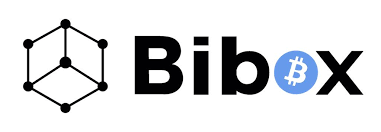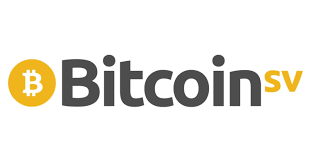A cryptocurrency project with a privacy focus is called Zcoin. It was the first to put concepts from the 2013 whitepaper for the Zerocoin project, which was created by a group of academics, into practice. Founder Poramin Insom became aware that the technology he designed lacked adequate safeguards for user and transaction privacy while working on his first coin in 2014.
As a result, he developed Zcoin in 2016, a brand-new cryptocurrency with security and privacy at its core. Zcoin introduced vital protocols such as MTP mining, Dandelion++ for network privacy, and the recent Sigma Protocol, succeeding Zerocoin in privacy functions. Zcoin adopted Sigma protocol over Zerocoin to counter fake privacy coin inflation, addressing a significant concern in the original system. This is accomplished by disabling the Zerocoin protocol’s “trusted setup” feature.
The Sigma Protocol enables users to burn their current coins and later exchange them for new ones with no transaction history. Strong end-user privacy is provided by the protocol by severing blockchain ties.

Token
Zcoin is a cryptocurrency designed for private transactions. The mint-and-spend (burn-and-redeem) model of privacy allows for the burning of old coins and the exchange of them for new coins that appear to have just been mined. Eliminating all past transaction records breaks the chain.
You can stake Zcoin as well. Zcoin (XZC) tokens worth 1,000 must be staked as collateral on non-mining nodes known as Znodes for them to store blockchain data required for the Zcoin network. For their services, stakers are paid a percentage of the mining fees.
Consensus
Zcoin employs the Nakamoto Consensus, where the longest chain with the most proof-of-work accumulation is the valid chain. Consensus in Zcoin and similar Nakamoto Consensus systems are probabilistic due to the possibility of a new, longer competing chain emerging.
Mining
The Merkle Tree Proof (MTP) algorithm is used by miners to solve computational problems that produce new blocks. During this procedure, miners strive to produce a hash that is lower than the goal number defined by the difficulty adjustment algorithm used by Zcoin. Every six blocks, the intended difficulty level is changed.
Zcoin initially used the Lyra2z algorithm due to its memory-intensive characteristics, which made it more resistant to ASICs. However, in December 2018, Zcoin switched to a new algorithm based on Merkle tree proof of work (MTP) to make mining more accessible. An effective and decentralized CPU mining network was intended to be created with the MTP integration. Mining is currently conducted in pools where participants contribute hash power and receive proportional profits if a valid block is found. This approach helps balance individual miner earnings in the increasingly competitive mining landscape.
Technology
Merkle Tree Proofs (MTP) is the mining proof-of-work method used by Zcoin, which is based on a fork of the Bitcoin Core code. This allows GPUs and, to a lesser extent, CPUs, to mine Zcoin. As memory bandwidth can’t be as easily optimized as computational performance, MTP has some ASIC resistance due to its high memory requirements. Every five minutes, new blocks are generated, and every six blocks, the complexity is changed.
Around 6,000 masternodes, or Znodes, make up Zcoin’s network, and they share in the block reward. Initially designed to handle intensive calculations for the former privacy protocol, they’re now repurposed as a defense against 51% of attacks (LLMQ ChainLocks).
Enhancing anonymity
On the Sigma zero-knowledge proof protocol, Zcoin’s privacy is based. Sigma aims to eliminate traceable coin histories within the network by making it impossible to link specific coins with specific addresses from the past. Users can use zero-knowledge proofs to demonstrate that they burned a certain amount of XZC without revealing which specific network token was destroyed. A user-minted intermediate coin with no transaction history is produced after an XZC burn. A coin seems identical to any new coin that has just joined the network as a block reward when it is spent.
Because the quantity of coins that were first burned is not secret, Zcoin has an auditable supply in contrast to other privacy-focused crypto assets. While enhancing transparency for legal coin production, it exposes addresses of major network holders to external observers.
You can also find these articles helpful
Is it profitable to trade ZCoin
Setting up wallet for ZCoin
Advantages And Disadvantages of Zcoin











